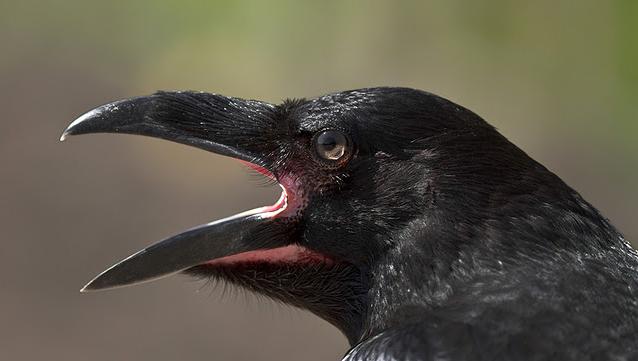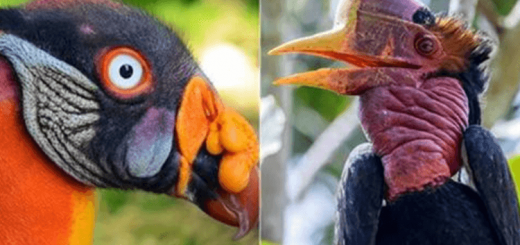Ravens exhibit complex intelligence behaviors similar to humans
Human behaviors of pointing and holding up objects in order to attract the attention of another has until recently only been observed in our closest relatives – the great apes. And even then observations of comparable gestures have been fairly rare, seen mostly among chimpanzees.
But it was recently discovered that in the animal world, humans and apes (primates) do not share this trait of intelligence alone.

Scientists have long believed that such gestures are based on complex intelligence abilities and represent the starting point for the use of symbols and therefore also human language. These gestures are thus milestones in the development of human speech. Children at the age of nine to twelve months use these gestures before they actually say their first spoken words.
For the last 2 years, two researchers from Austria, Simone Pika and Thomas Bugnyar, have been doing research with individually marked members of a wild raven community. Ravens are songbirds that are members of the corvid family along with crows and magpies. Ravens surpass most other avian species in terms of intelligence and they tend to score on various intelligence tests similarly high as those of the great apes.
Ravens can be characterized by complex intra-pair communication and are involved in relatively long term bonding periods. They tend to develop a high degree of cooperation between partners. What the researchers found was that the ravens used their beaks similar to how humans use their hands to show and offer objects like moss, stones and twigs to their mates.
These gestures were almost always aimed at partners of the opposite sex and resulted in the frequent orientation of the recipients to the object that their mates had signaled to. The ravens often interacted with each other by example billing or joint manipulation of the desired object.
The lesson learned here is that when it comes to the mystery of the origins of human language, they can only be solved by looking at the bigger picture of the world of nature. This means that researchers must begin to also consider the complexity of the communication systems of other animal groups such as the ravens.
There is yet much to be learned from our brothers and sisters of the animal world if we are only willing to learn.











